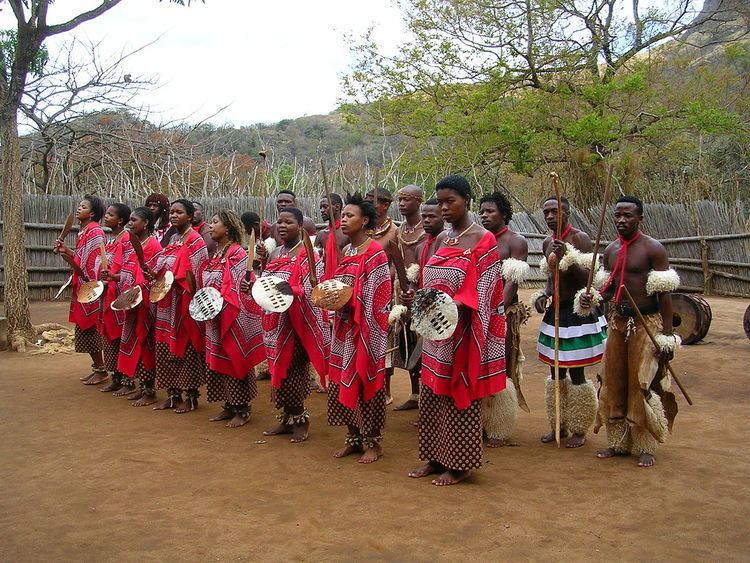 | ||
Tourism in Swaziland is a successful industry. Most of the tourists who visit Swaziland arrive by road from South Africa. Swaziland's tourism industry developed during the apartheid era in South Africa and this shaped many of its distinctive attractions. Since the end of apartheid, Swaziland has emphasized its traditional culture as a tourist attraction.
Contents
Map of Swaziland
Apartheid era
The adoption of apartheid in South Africa and civil war in Mozambique contributed to Swaziland's appeal as an alternative tourist destination in Southern Africa. This led to growth in Swaziland's tourism industry from the 1960s to the 1990s. During the apartheid era in South Africa, Swaziland drew many visitors by adopting different policies than South Africa. Many tourists visited Swaziland during that time in order to watch television programs or sporting events that they could not view in South Africa. During apartheid in South Africa Swaziland also legalized gambling in order to draw tourists. The legalization of gambling in Swaziland brought significant economic prosperity.
The number of tourists visiting Swaziland increased from 89,015 in 1972 to 257,997 in 1989. In 1988 tourism was 3% of the GDP of Swaziland and more than 4% of its total exports. Although the traditional Monarchy of Swaziland has often been cited as a factor that attracts tourists, tourism has also been credited with causing modernization in Swaziland. Although the increases in tourism seen in Swaziland have been alleged to have caused an increase in prostitution, there is no evidence that prostitution was a factor in the growth of the Swaziland tourism industry. The increase in tourism did cause the centers of prostitution in Swaziland to shift from mining areas to hotels.
Post-apartheid
After the end of apartheid in South Africa and conclusion of the Mozambican Civil War made its neighbors more appealing tourism destinations, the growth of the tourism industry in Swaziland decreased. Many of the tourists who visit Swaziland are traveling between Mozambique and South Africa. Most tourists only stay for one night and many visitors only take day trips to the country.
Due to the lack of other major industries, tourism is viewed by many in Swaziland as a potential source for future economic growth. Since its establishment in 2003, the Swaziland Tourism Board has emphasized the fact that Swaziland is the last sub-Saharan African monarchy. Royal celebrations such as the Incwala Kingship festival are viewed as potential venues for greater tourism growth. They have also attempted to attract tourists to the game parks of Swaziland. In 2006 Swaziland signed on to the Lubombo Route agreement along with South Africa and Mozambique. The agreement allowed tourists to travel across the three countries with a single visa.
Arrivals by country
Most visitors arriving to Swaziland on short term basis in 2015 were from the following countries of nationality:
